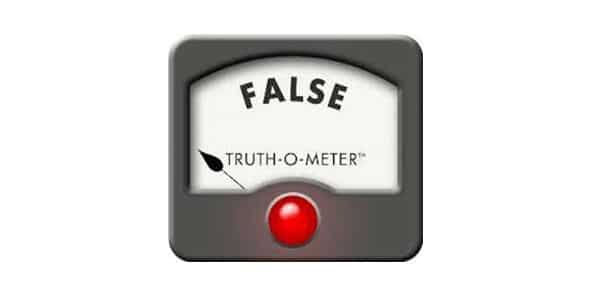Sep. 13, 2016
Diet and Diuretics Meniere’s disease is believed to be the result of too much inner ear fluid in the affected ear. Some practitioners believe that overall fluid retention in the body is connected to fluid retention in the inner ear. Diet and diuretics are intended to reduce overall fluid retention with the goal of reducing volume of inner ear fluid











